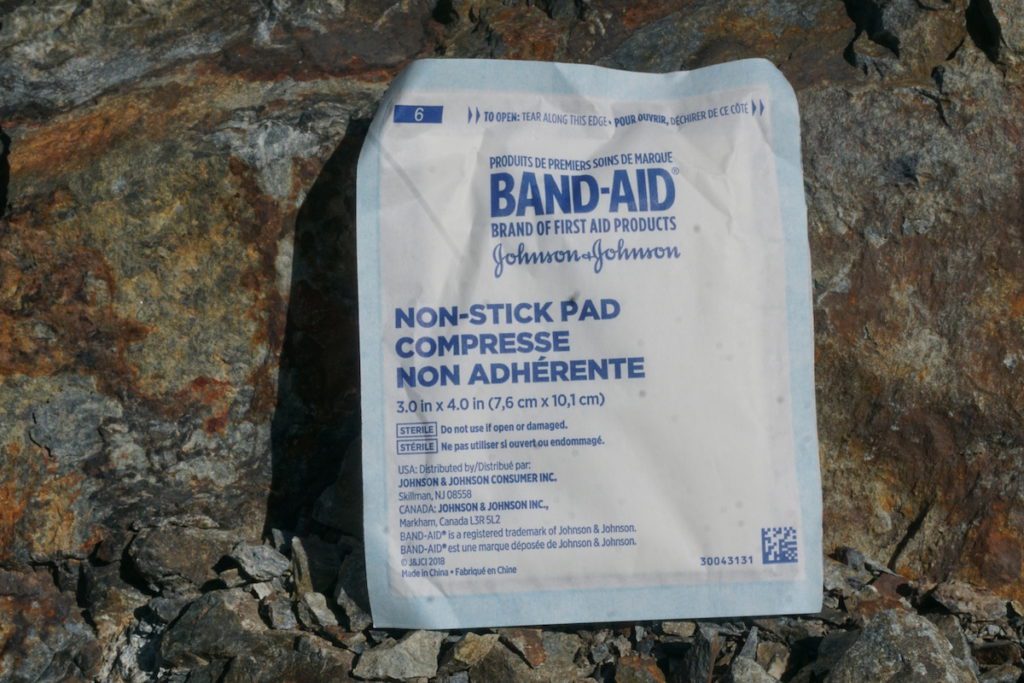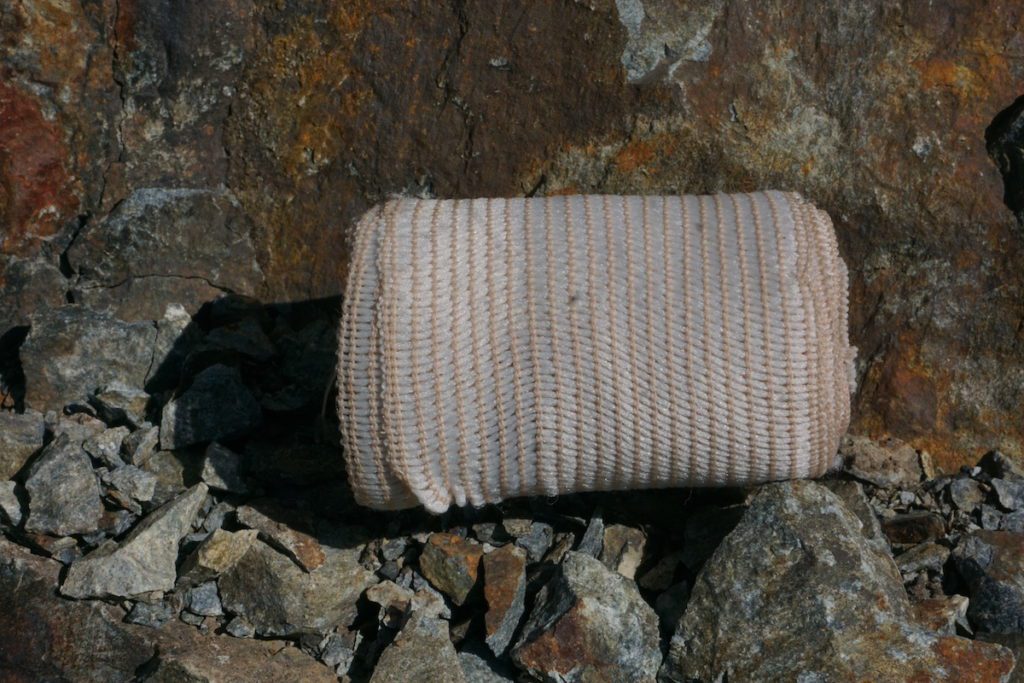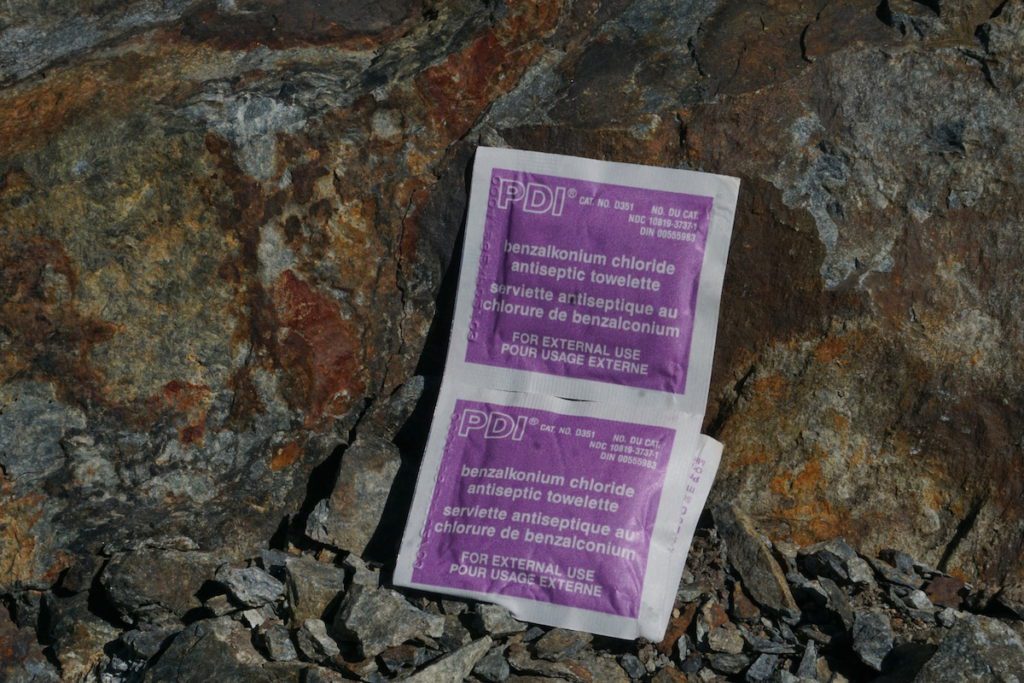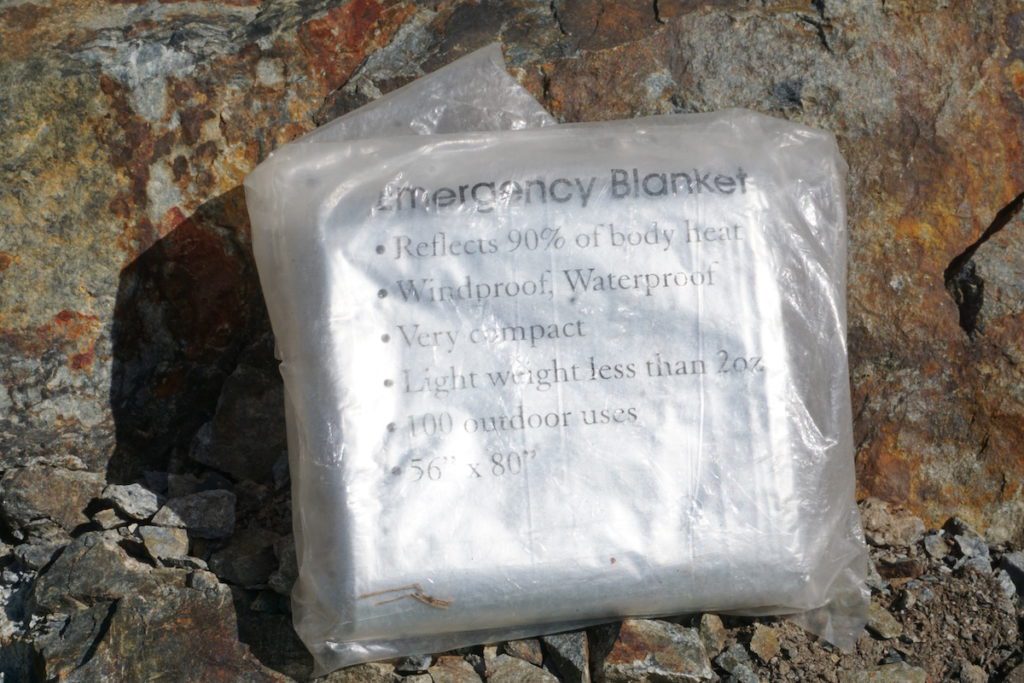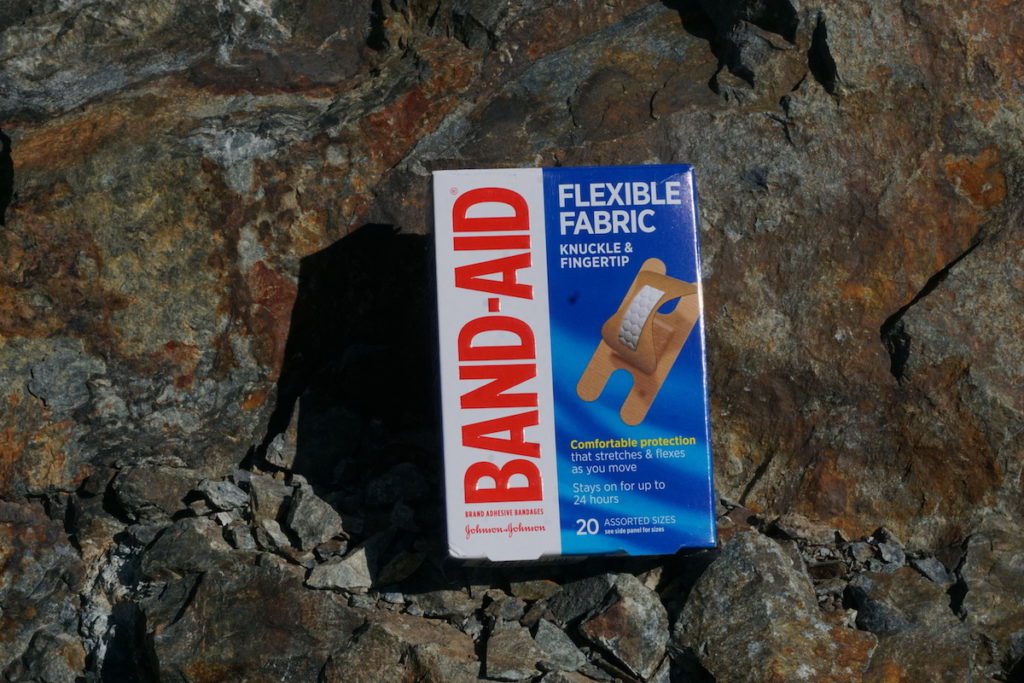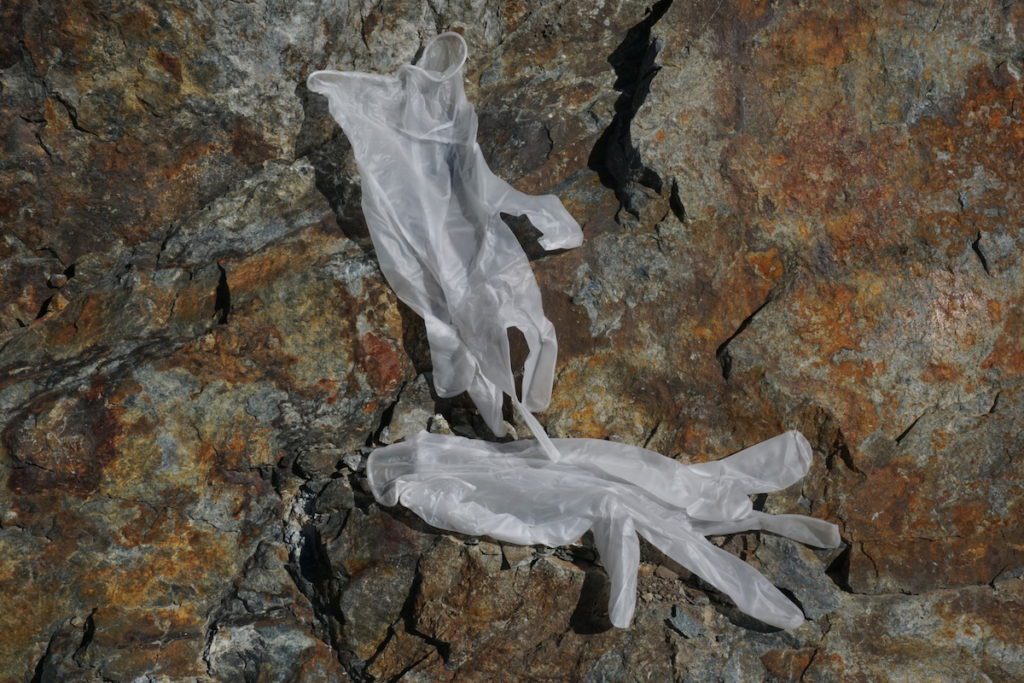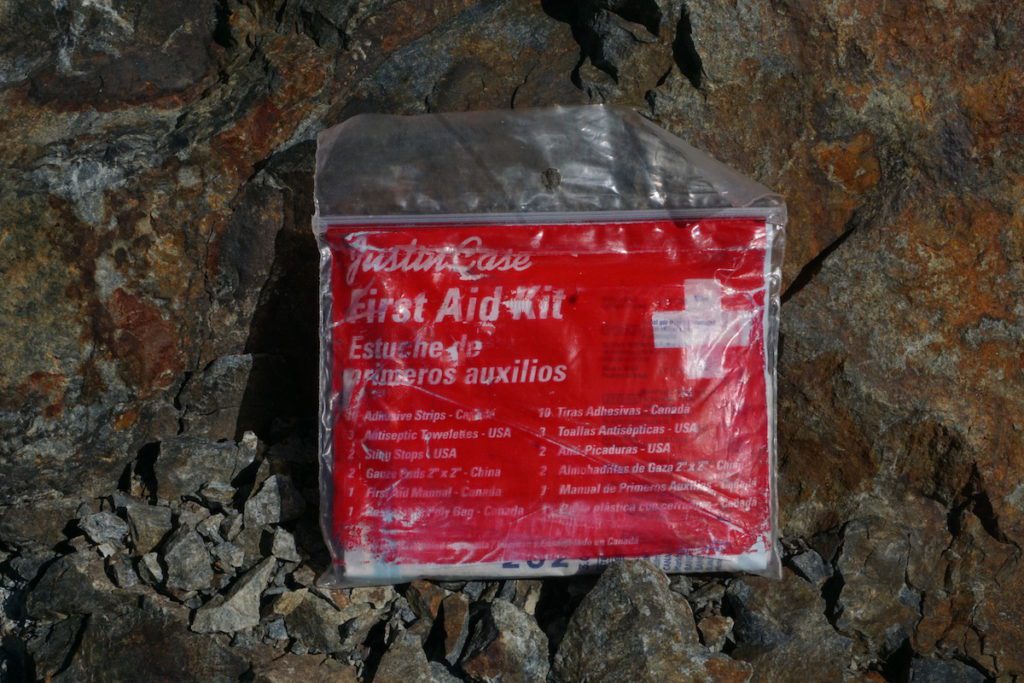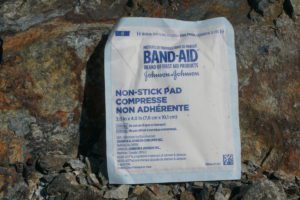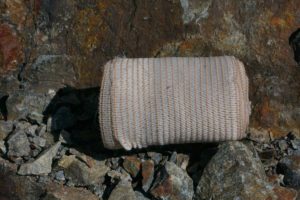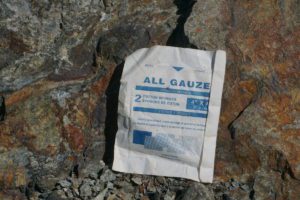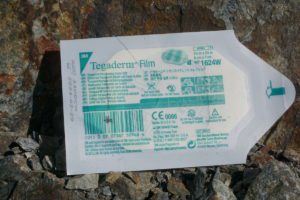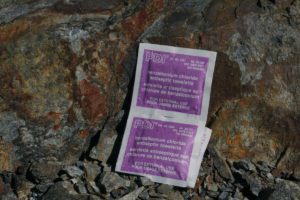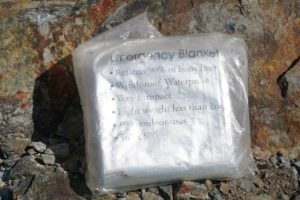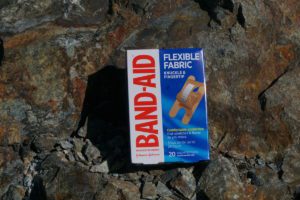These are the first-aid supplies you should have on every ride
A minimalist kit to help get you out of the woods in one piece
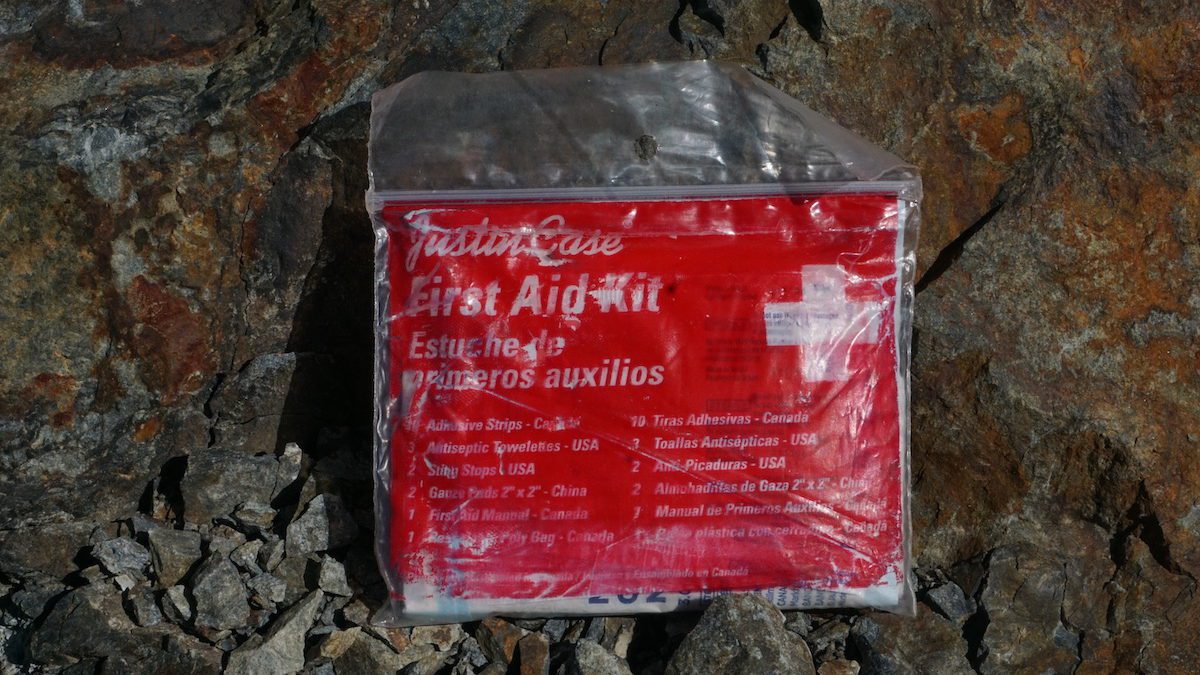
Mountain biking is an inherently dangerous sport. While most of us tend to push those risks to the back of mind while on the trails there is, even on a casual ride, always the possibility of injury.
Not that the risks are severe, most of the time. But there are risks and we, as mountain bikers, should be prepared to take care of ourselves when things do go wrong. That means carrying, at minimum, a lightweight first-aid kit.
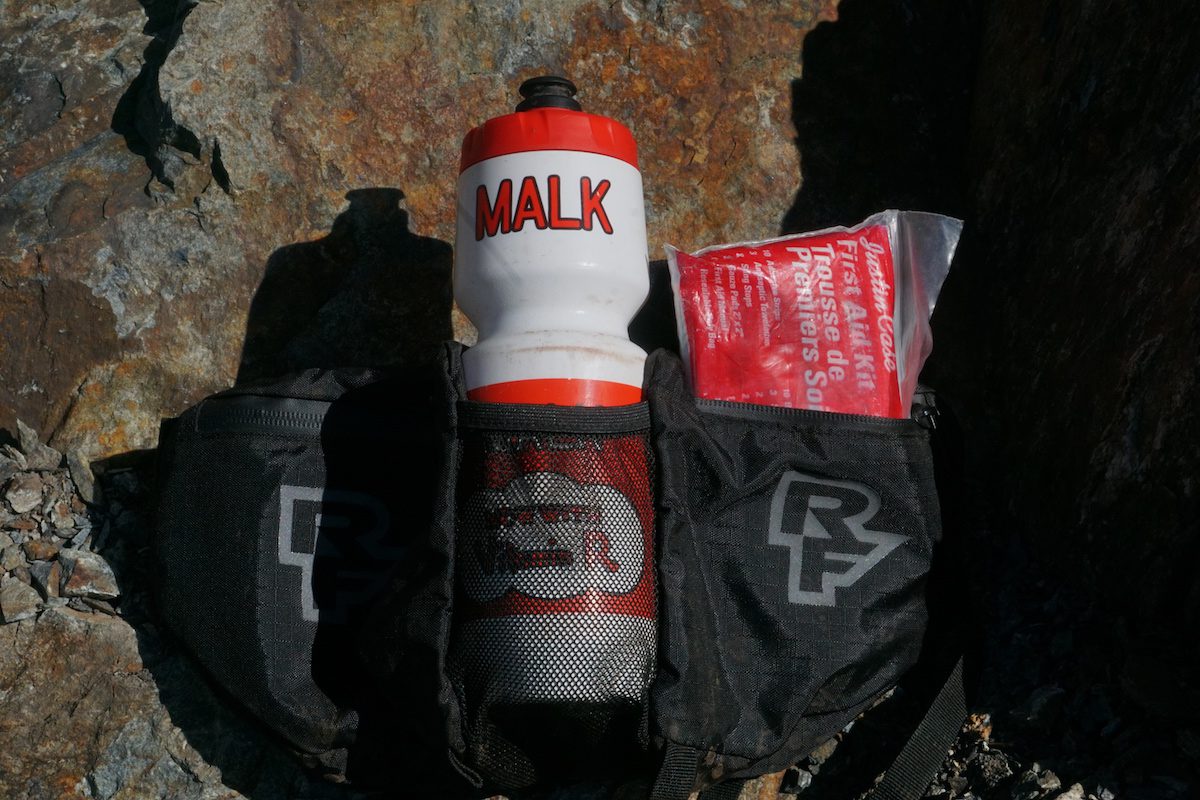
A lightweight kit isn’t intended to deal with everything. It is not a professional first-aid kit, of the kind you’d expect a guide or camp leader to carry. Instead, it’s something small enough that you can carry it with you on every ride without taking up much space. It is intended to manage injuries so you can safely wait for emergency services to arrive. Or, for smaller injuries get back to a proper first-aid kit you’ve left in your car or at home.
That means any really serious injuries, like spinals, heart issues or otherwise, you’re still going to be calling 911. Having a kit with you, though, means you can manage the situation until they arrive.
Lightweight first-aid kit: purpose
There are two focuses of a lightweight kit: serious injuries and minor annoyances. The gear for serious injuries is universal. This includes supplies to cover deadly bleeds or broken bones.
The second part of the kit, addressing minor issues, is more variable and area-specific. If you’re riding somewhere with cacti, other pointy objects that could require different gear than if you’re, say, riding in an area full of sharp loose rocks.
Lightweight first-aid kit: contents and usage
1) The deadly bleed: A sterile dressing attached to a compression bandage (and/or tensor bandage and gauze pads). This is the first layer on a major wound. The tensor can also be cut for secondary uses, like fashioning a sling.
2) Tagaderm / OpSite: A breathable waterproof dressing for smaller wounds. It can be used once bleeding stops. It helps keep the injury clean while still letting it heal.
3) Tape: Medical tape works, so does duct/gorilla tape. To save space, you can wrap the latter around a smaller item (like a pump, a lighter, etc.). There are many uses for tape, for medical and mechanical emergencies. It can help attach gauze, fashion a splint, or tape broken bike bits in place.
4) Triangular bandages: A staple piece of kit that can be used to make slings, add compression and many other uses.
5) Medical gloves: Medical gloves help keep you safe as you help others. Sometimes the best way to stop a bleed is with your hands. They’re also useful in a non-emergency setting, to keep your hands warm if you’re underdressed in wet weather. Medical gloves under normal riding gloves can help keep your fingers warm.
6) Wound cleaning wipes: Antiseptic isopropyl alcohol pads help clean the dirt out of wounds. Tip: make sure they’re not expired. These can dry out fast and aren’t useful when once they’re dry.
7) Adhesive bandage (Band-Aid, etc.) and/or Steri-strips: These help stop bleeding for smaller cuts in the short term. You know, so you don’t drip blood on your expensive kit and bike.
8) Insulation: An emergency blanket helps prevent the injured rider from going into shock and generally helps with patient comfort. It has the potential bonus use of helping fashion a shelter (in combination with other equipment) when bikepacking.
Bonus items
Depending on where you’re riding, you might also want to include super-glue, to help close small wounds, pain killers, a knife, or Swiss army knife-style multi-purpose tool.
